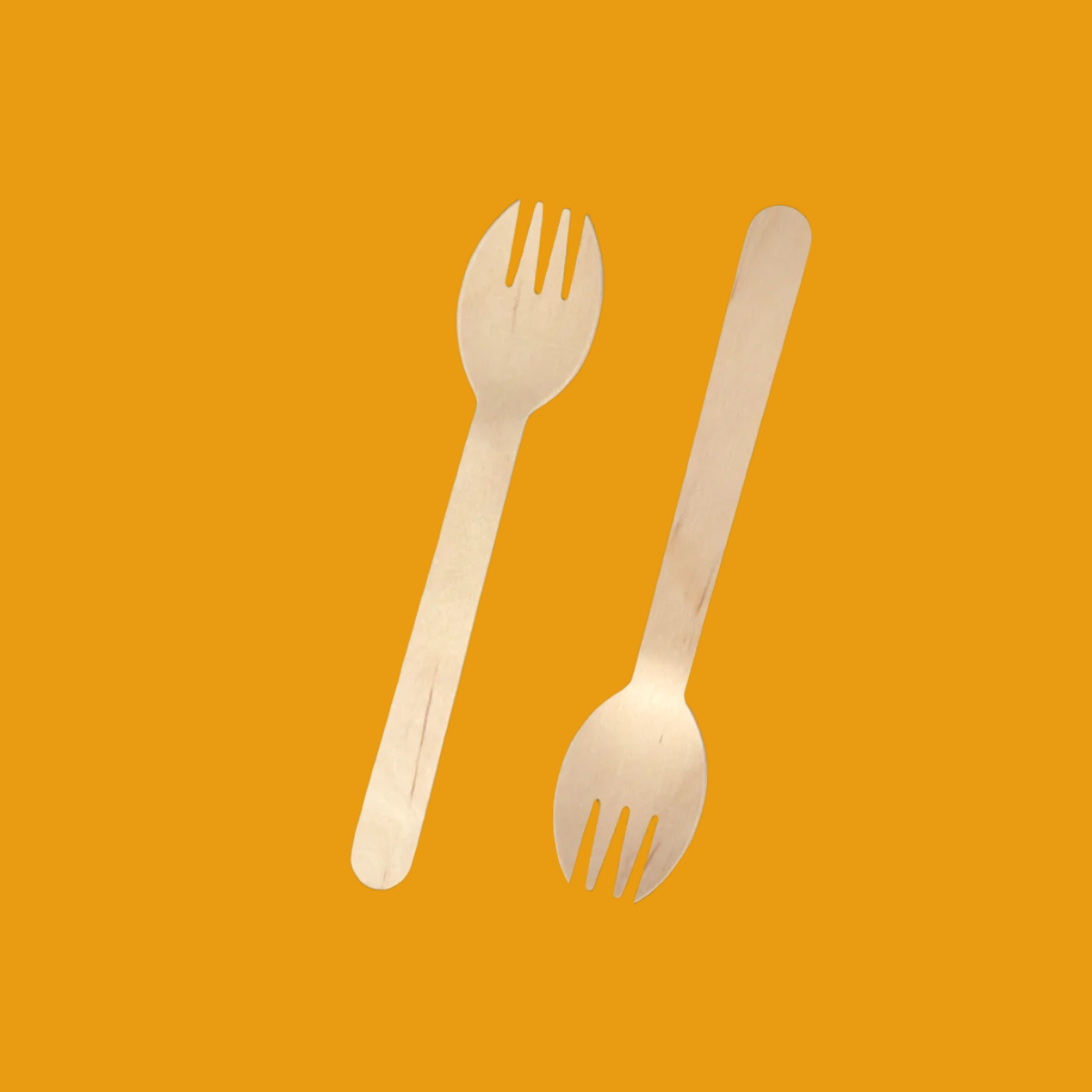A cutting board is an essential kitchen tool, designed to protect your countertops while providing a sturdy surface for food preparation. Whether you're chopping vegetables, slicing bread, or carving meats, a quality cutting board ensures efficiency and safety in your cooking routine.
What Is a Cutting Board?
A cutting board (or also called chopping board) is a flat, durable surface made from materials like wood, bamboo, plastic, or composite. It serves as a protective barrier between your knife and countertop, minimizing damage to both while maintaining hygiene. Cutting boards come in various shapes and sizes to suit different culinary needs.

What Is a Cutting Board Used For?
Cutting boards are used for a wide range of kitchen tasks:
- Chopping Vegetables: Provides a stable surface for precise cuts.
- Slicing Bread or Fruits: Prevents crumbling or slipping while cutting.
- Carving Meats: Collects juices efficiently when boards include grooves.
- Food Presentation: Adds a rustic touch for serving cheeses or charcuterie.

Benefits of Kitchen Cutting Boards
Investing in a high-quality cutting board goes beyond just a functional surface. It elevates your cooking experience while offering numerous practical benefits:
Protects Your Countertops
Cutting boards act as a shield between your sharp knives and your kitchen surfaces. Without a cutting board, countertops can become scratched, stained, or chipped, especially if made of softer materials like marble or laminate. Cutting boards preserve the aesthetics and longevity of your kitchen by bearing the brunt of your knife’s pressure.
Enhances Knife Longevity
A good cutting board is knife-friendly, meaning it minimizes wear and tear on your blades. Materials like wood and bamboo have just the right amount of "give," preventing knives from becoming dull too quickly. Unlike hard surfaces such as stone or glass, cutting boards maintain the sharpness of your tools, reducing the frequency of sharpening.
Promotes Hygienic Food Preparation
Sanitation is a top priority in any kitchen. Cutting boards provide a designated area for food prep, helping to prevent cross-contamination between raw meat, vegetables, and other ingredients. Opting for cutting boards with easy-to-clean surfaces, like bamboo or plastic, ensures quick maintenance and a cleaner cooking environment.
Offers Versatility in the Kitchen
Cutting boards aren’t just for chopping—they can serve multiple purposes:
- Meal Prep: From slicing fruits to dicing onions, a reliable board makes the process seamless.
- Food Presentation: Wooden boards double as rustic platters for cheese, charcuterie, or desserts.
- Specialized Uses: Boards with juice grooves are perfect for carving meats, while larger boards are ideal for rolling dough.
A single cutting board can transform into a multi-functional kitchen companion.
Best Cutting Board Materials
The material of your cutting board plays a significant role in its durability, usability, and hygiene. Here's a detailed breakdown:
Wooden Cutting Boards
- Key Features: Durable, knife-friendly, and visually appealing.
- Best Use: Heavy-duty chopping, carving, and food presentation.
- Special Note: End-grain boards are especially resistant to knife marks and last longer than edge-grain boards. They’re a favorite among professional chefs.
- Care Tips: Requires regular oiling to prevent drying and cracking. Avoid soaking in water.
Bamboo Cutting Boards
- Key Features: Lightweight, eco-friendly, and naturally antibacterial.
- Best Use: Everyday chopping and slicing. Ideal for environmentally conscious buyers.
- Special Note: Bamboo is harder than traditional wood, which may dull knives slightly faster. However, its sustainable nature makes it a top choice.
- Care Tips: Wash with warm soapy water and towel dry immediately. Avoid using in the dishwasher.

Plastic Cutting Boards
- Key Features: Affordable, lightweight, and dishwasher-safe.
- Best Use: Prepping raw meat and fish due to easy sanitation.
- Special Note: Available in various colors and sizes, plastic boards can be designated for specific foods to prevent cross-contamination.
- Care Tips: Replace once knife grooves become deep, as these can harbor bacteria.

Composite Cutting Boards
- Key Features: Made from a mix of wood fibers and resin, these boards combine the durability of wood with the hygiene of plastic.
- Best Use: Heavy-duty use, such as cutting dense vegetables or carving meats.
- Special Note: Heat-resistant and non-porous, making them safe for hot pots or pans.
- Care Tips: Handwash to extend longevity, though some models are dishwasher-safe.
Conclusion
A cutting board is more than just a kitchen accessory—it's a reliable companion for all your cooking adventures. With the right cutting board, you’ll ensure your kitchen stays functional, hygienic, and stylish. Explore the best cutting boards at KimEcopak and discover a world of convenience and durability.









